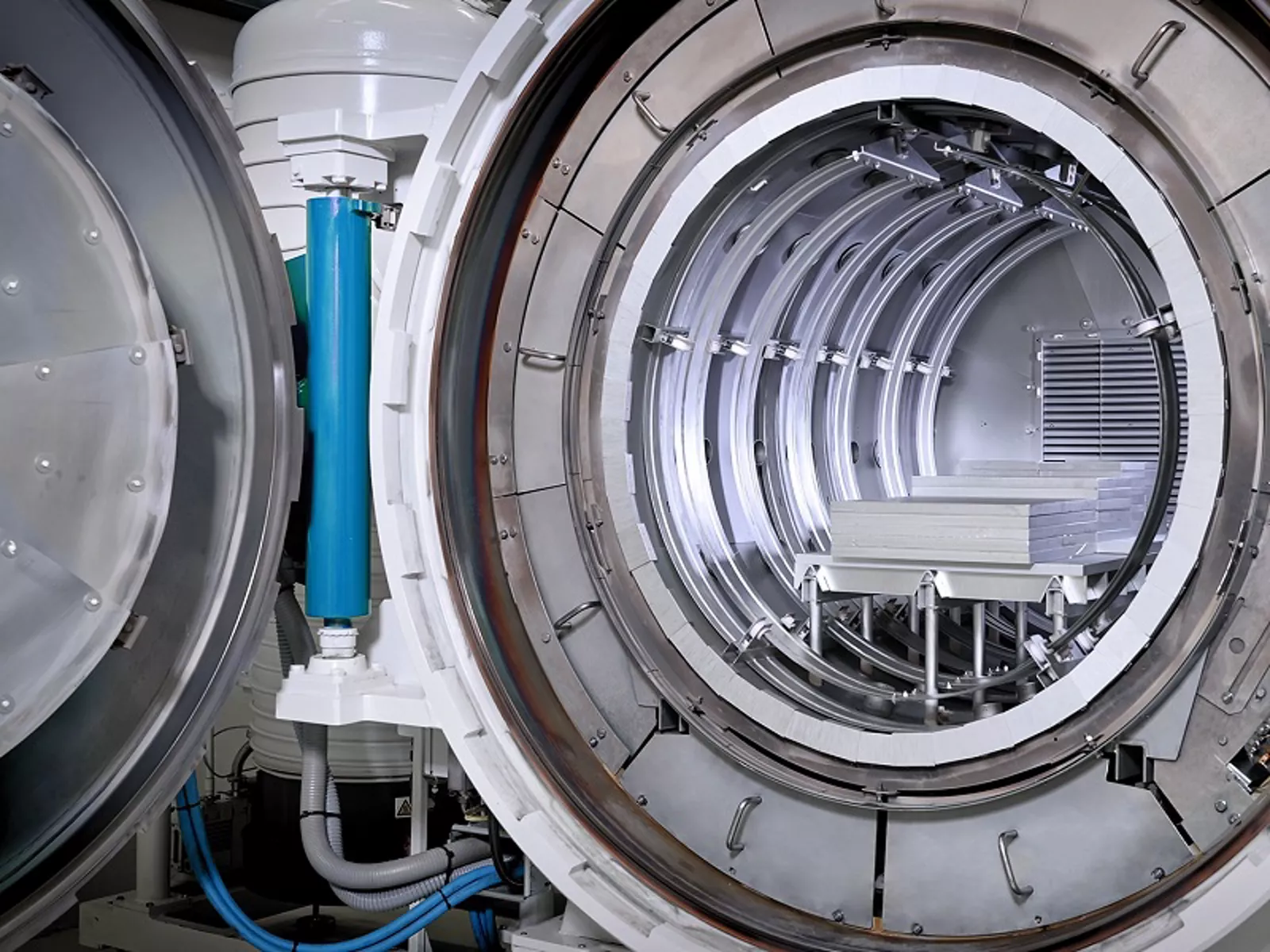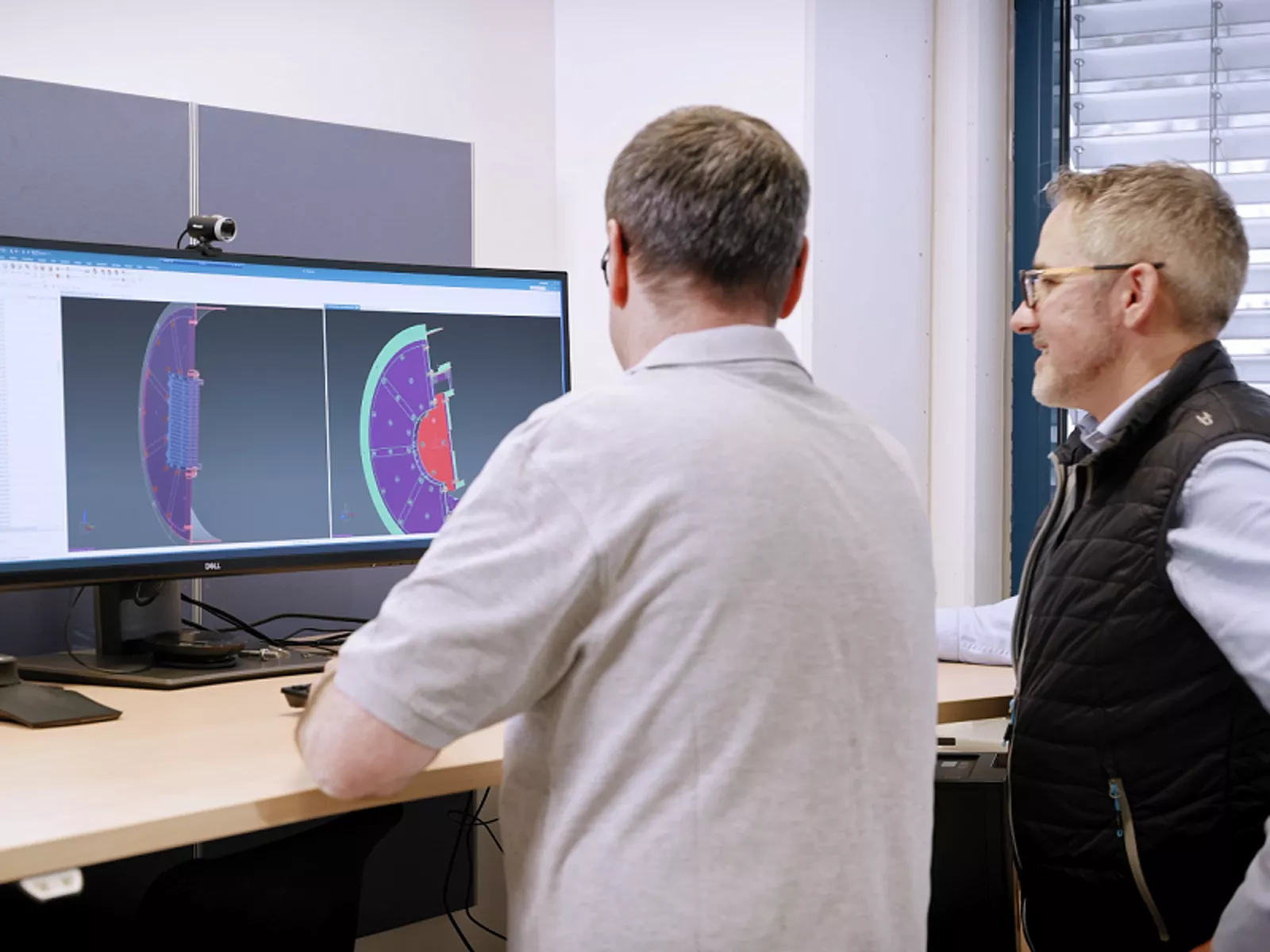
The industry is faced with the challenge of saving energy on a large scale. This is the only way to reduce costs and ensure climate-friendly production. However, this new efficiency must not be at the expense of quality. Optimizations that combine high-performance and sustainability are therefore in demand. This demand becomes a complex task where industrial processes require a particularly large amount of energy. This is the case, for example, in high-temperature vacuum furnaces used for various heat treatment processes, such as in aviation or medical technology, where working temperatures between 1,000 and 1,800 degrees Celsius are reached.
An important contribution to CO2 reduction
Plansee supplies manufacturers of industrial furnaces and industrial customers all over the world with metallic hot zones made from molybdenum, molybdenum alloys, and tungsten, which are used in such high-temperature processes and ensure that the temperature in the furnace is optimally distributed. The energy balance of these processes depends on the quality of the hot zones. If they are not optimized for the respective area of application, an unnecessary amount of heat and therefore energy is lost. This is why it is advisable for the industry to invest in the best technology when it comes to hot zones.
Plansee's motivation: Where can we improve?
Developing the best design and material for maximum service life of the hot zones – that is the motivation of a Plansee innovation team. The interdisciplinary team is passionate about constantly improving the efficiency of hot zones. The team is driven by this question: "No matter how good our product already is, in which areas are further concrete improvements possible?"
27 percent less energy consumption
Now, with the next generation of hot zones that Plansee is bringing to the market, it is clear that the innovation team has delivered. Thanks to a number of technical optimizations, the new models save up to 27 percent of energy compared to the previous generation, which reduces operational costs and supports industrial customers in achieving their sustainability goals. The lightweight design of the support frame means that the new models weigh up to 15 percent less, thus saving resources. As many recyclable materials as possible are being used, which also ensures greater sustainability. And because Plansee really used all of the set screws for optimizations, the team put some internal processes to the test so that the delivery time for the standard versions of the hot zones could be reduced by 30 percent.
Efficiency meets performance
A top priority for Plansee: this efficiency goes hand in hand with excellent performance data and a longer service life. The constructions and materials used in the heating system ensure that the batch is heated optimally and issues such as short circuits or sagging of the heating element are almost impossible. However, it is not only the heating process that is important; it is just as important that the heated parts in the furnace can be efficiently cooled using gas once the process is complete.


